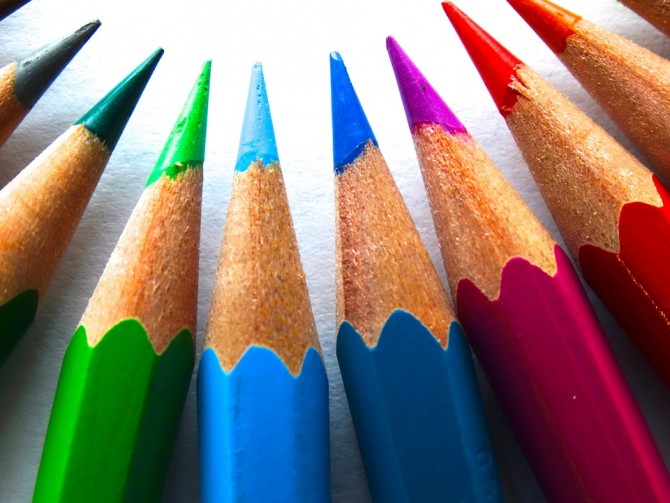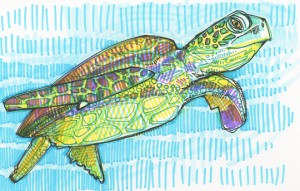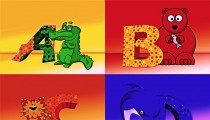Every child is unique and has different needs.Some children are…

Teaching Kids Colors With Fun Animal Coloring Pages
 Coloring is a favorite activity for many preschool kids. For the parent who wants to make the most of learning opportunities, coloring provides numerous ways to expand a child’s early education. Most parents are aware that coloring helps kids to develop fine motor skills, patience, and concentration, all of which they will need when they enter school — not to mention that color is one of the building blocks for reading, writing and math.
Coloring is a favorite activity for many preschool kids. For the parent who wants to make the most of learning opportunities, coloring provides numerous ways to expand a child’s early education. Most parents are aware that coloring helps kids to develop fine motor skills, patience, and concentration, all of which they will need when they enter school — not to mention that color is one of the building blocks for reading, writing and math.
Less obvious is that coloring provides an opportunity to get your child’s science education off the ground. A great way to do this is with animal coloring pages. It’s easy to find such pages. Coloring books are available everywhere kids’ toys are sold. Plus there are dozens of free coloring pages for kids on the Internet that you can download and print.
Animals are a popular subject of coloring pages because most kids love animals and are immediately drawn to them. Child development experts think that animals are of interest because they move, are easy for even babies to see, make interesting noises, and can interact with kids — the only nonhuman objects that can do so.
To turn this interest in animals into a beginning science education, notice the colors your child uses on animal pictures. Many children choose colors for animals randomly or based on their favorite colors — so they might color a dog blue or a squirrel pink. This presents an opportunity to teach a little science. First, make sure to “ooh” and “aah” over these choices — you don’t want to squelch your child’s confidence and creativity! But then you can ask your child whether squirrels are pink in real life and talk about what color a real squirrel might be.
This type of discussion helps a child begin to distinguish between animal characters and real animals, an understanding that won’t be complete until age five or six. As they make this distinction, they will also begin to differentiate between real life and fantasy. You can further promote this learning by downloading realistic animal coloring pages, those that show a variety of animals in their natural habitats.
It’s possible your child might resist using animals’ natural colors. Let’s face it: most mammals are brown, gray, black, white or some combination of these — not generally kids’ favorite colors. Children tend to be most attracted to bright, primary colors. There are two ways to work around this preference.
 First, tropical birds and fish are more colorful, so when going for realism and bright colors, download printable coloring pages for kids with these multi-hued animals. A second way to accommodate a preference for bright colors is to choose pictures that that feature animal characters wearing clothes and engaging in fun activities. Your preschooler can choose an authentic color for the animal, then color the rest of the picture more vibrantly. If you go this route, make sure to point out that real animals don’t wear clothes or ride bicycles!
First, tropical birds and fish are more colorful, so when going for realism and bright colors, download printable coloring pages for kids with these multi-hued animals. A second way to accommodate a preference for bright colors is to choose pictures that that feature animal characters wearing clothes and engaging in fun activities. Your preschooler can choose an authentic color for the animal, then color the rest of the picture more vibrantly. If you go this route, make sure to point out that real animals don’t wear clothes or ride bicycles!
These steps give your child a chance to gain all the benefits of coloring, plus they get your child’s science education off to a good start.


